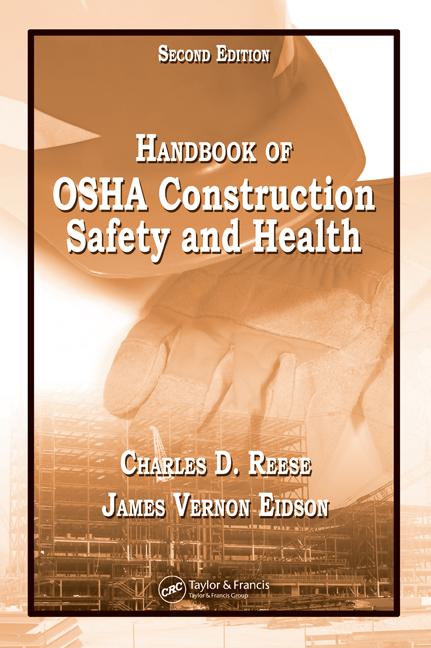Dan Petersen and I started in Denver back in the early ’70s together. It was a time of great uncertainty regarding this new entity, OSHA. Because the regulations were relatively new, the focus was indeed on regs, compliance and how this organization would exercise its mandate.
This early period was followed by the contentious Eula Bingham era, where every thing business did was wrong; charges and counter-charges about OSHA’s real “role” were a constant; and enforcement was at times draconian.
Maturing but uncertain
We’ve come a long way since those times. It seems that as OSHA has matured (I’m not sure that is the correct description, but it will have to do), and gone through many administrations, both Republican and Democrat, the organization has seemed unclear about its role. This is not surprising given the extremely difficult climate in which the administration operates and the onerous rules it is required to follow, setting and/or updating permissible exposure limits being but one example.How does an administration that has an unclear role look to the outside world? Indecisive. Unsure. Afraid to confront. Leery of making enemies. Slow to take advantage of opportunity. A “paper tiger.”
OSHA & declining rates
We’ve seen the advent of partnerships and the Voluntary Protection Program. No doubt these approaches provide safety and health support and encouragement to some. However, to others these approaches might seem a bit soft or lacking value.On the other hand, OSHA publishes statistical data showing incident trends are down (improving) in most areas. Yet, the feel is not there. That is, it just doesn’t feel like the rates are falling fast enough or dramatically enough, and that it is also difficult to see a linkage between what OSHA is doing and the slowly declining rates. Could the reduction in rates be due to other factors not associated with OSHA?
I believe this to be the more likely scenario, for four reasons:
- Recognizing behaviors and decisions by people to be the single most significant contributor to error (injury/illness) is a crucial step forward. People being defined here as those in labor and management who affect how the job really gets done.
- The behavior-based push and the systems improvement push (Six Sigma, 5S, lean manufacturing) has also provided insight and energy into error reduction efforts — and this has permitted the safety professional to participate in “business-related” endeavors, provided they have taken that step.
- It is now recognized that involving workers in the safety system offers great hope of cultivating ownership/commitment for safety.
- Culture/climate factors that we know exist in all organizations greatly impact how people think, behave and make decisions. Recognizing this fact further defines how today’s safety professionals approach their challenges.
Evolution of understanding
These four approaches could not have been envisioned or put in place even 15 or more years ago, let alone back in the ’70s and ’80s. Safety professionals and the safety profession have provided the impetus for change: the need to do more than try to get people to follow rules; and realizing we are part of the business and must act that way. I think it is now fairly well recognized that safety must demonstrate its value to the organization.Another change occurring is in measurement: “How do you measure things that don’t happen (injuries)?” The profession is changing its metrics (balanced scorecard), utilizing data that is both reflective of past performance and predictive of future performance.


